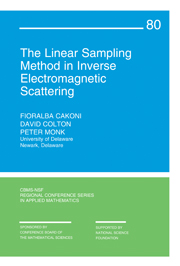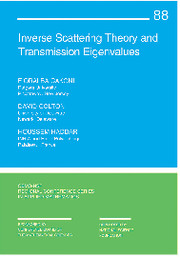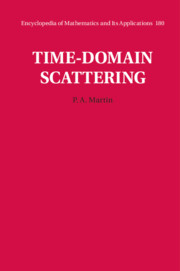The Linear Sampling Method in Inverse Electromagnetic Scattering
The linear sampling method is the oldest and most developed of the qualitative methods in inverse scattering theory. It is based on solving a linear integral equation and then using the equation's solution as an indicator function for the determination of the support of the scattering object. This book describes the linear sampling method for a variety of electromagnetic scattering problems. It presents uniqueness theorems and the derivation of various inequalities on the material properties of the scattering object from a knowledge of the far field pattern of the scattered wave. Also covered are: the approximation properties of Herglotz wave functions; the behavior of solutions to the interior transmission problem, a novel interior boundary value problem; and numerical examples of the inversion scheme.
- Provides a presentation of the latest results on the existence and uniqueness of transmission eigenvalues for Maxwell's equations
- Gives a full discussion of uniqueness theorems in inverse electromagnetic scattering theory
- This is the only book that gives a complete description of the linear sampling method for electromagnetic waves
Product details
January 2011Paperback
9780898719390
150 pages
252 × 174 × 8 mm
0.27kg
This item is not supplied by Cambridge University Press in your region. Please contact Soc for Industrial & Applied Mathematics for availability.
Table of Contents
- Preface
- 1. Inverse scattering in two dimensions
- 2. Maxwell's equations
- 3. The inverse problem for obstacles
- 4. The inverse scattering problem for anisotropic media
- 5. The inverse scattering problem for thin objects
- 6. The inverse scattering problem for buried objects
- Bibliography
- Index.








